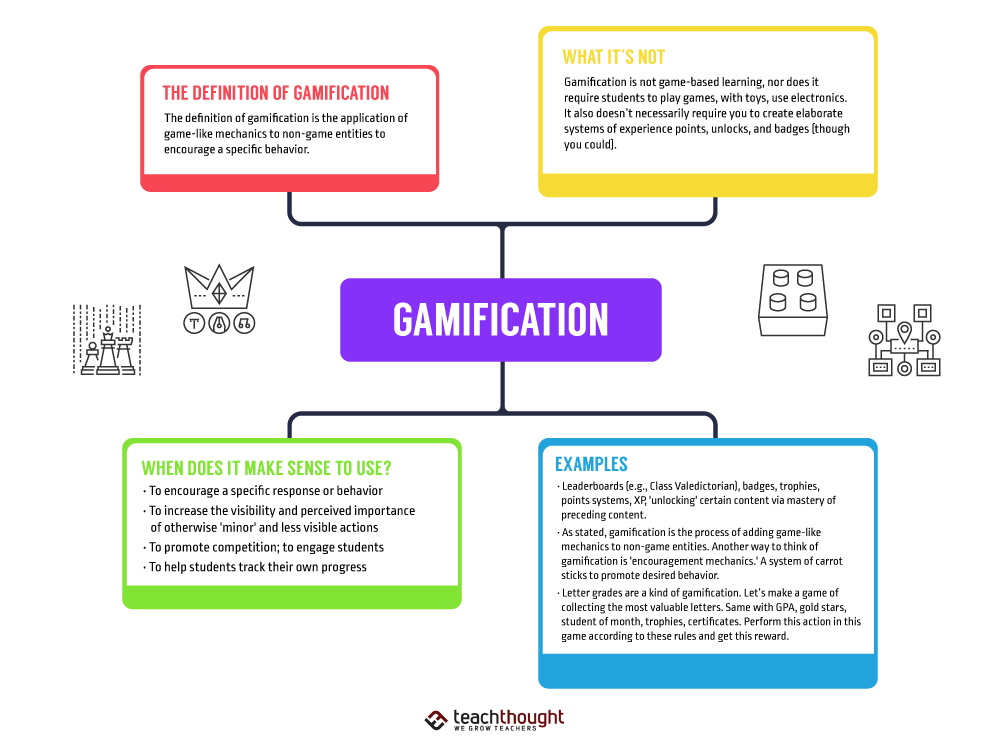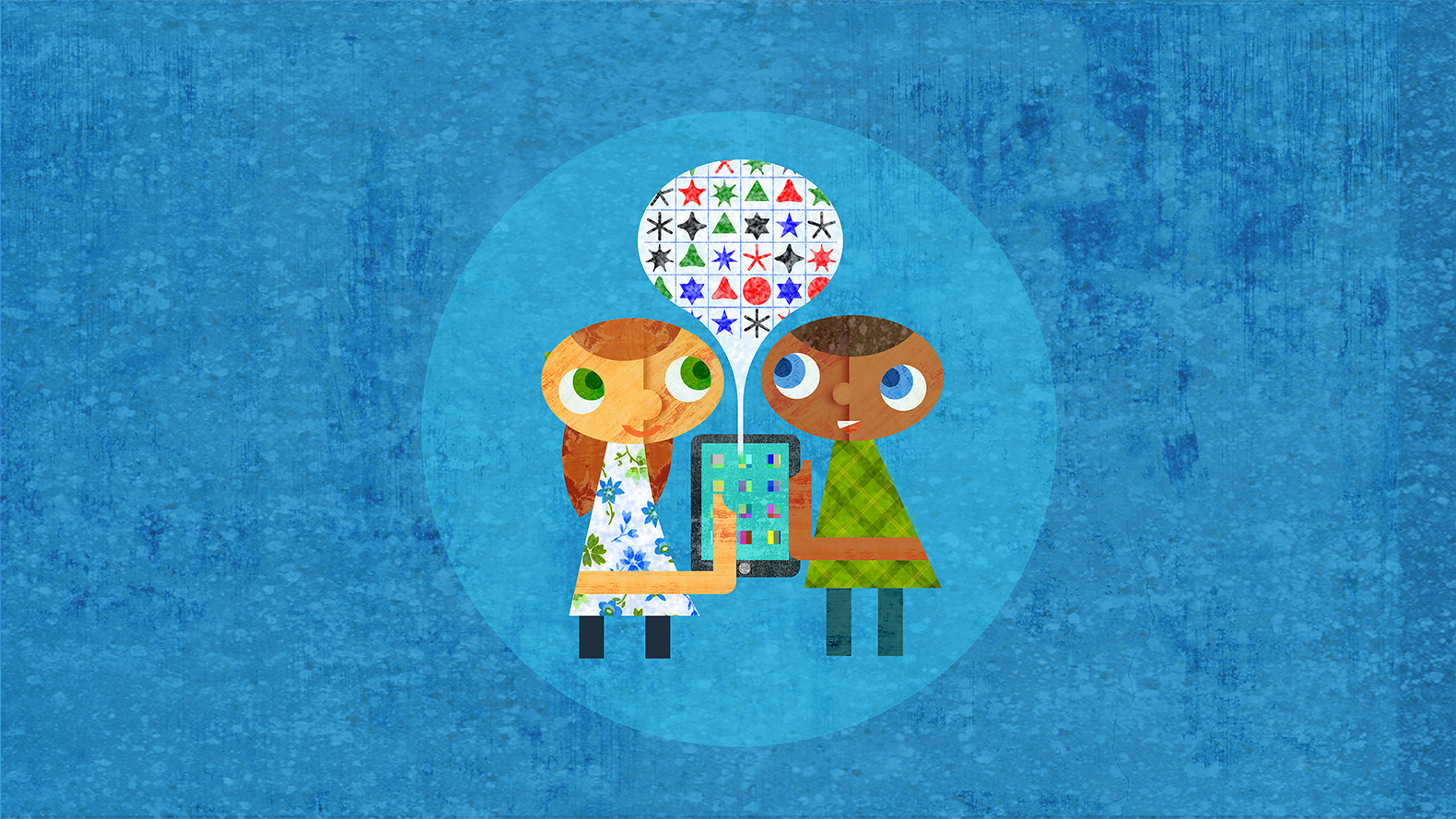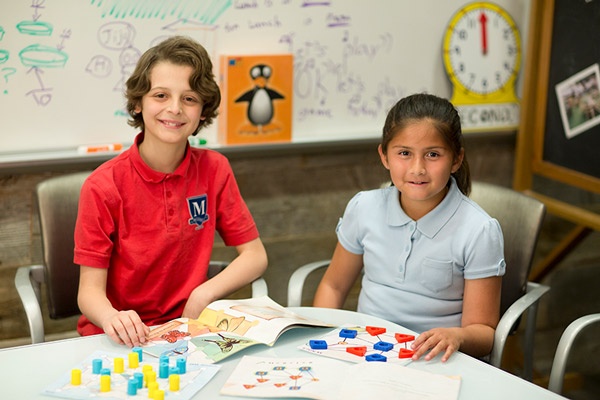3Es to gaming up your lessons

I share from personal experience that it is not easy to always get ideas to make lessons exciting in the classroom, gamify a learning objective, lest to come up with a game-based learning experience, include experiential learning, real life application, what not. It also does not help when your kids now have higher expectations of you to continuously engage them in activities for your lessons!
Gamification is not game-based learning, but game-based learning is usually gamified. (Further reading in references).
I've heard many teachers saying "I'm not creative enough to do this!" Fret not, 'creativity' is subjective! It's the learning outcome that's the goal, not how "creative" it is.
In this post, I'll share what I call the 3Es to bringing games into your lessons or making your lesson into a game. Do be reminded that there shouldn't be pressure on yourself to make all lessons fun. There are days where plain ol' teaching methods just works, days where you are just too tired to work on any teaching aids, days where you just cannot be bothered due to other priorities in your life.
It is Essential (pun EE-ntended) that you set your learning goals and assessments first before applying any of the Es below. Then Enjoy the process!
First E: Emulate
The biggest compliment to anyone is when their ideas or products have been copied or imitated. There is no shame in emulating another game ideas if it fits your learning goals. This can be done easily by just googling for "gamify lesson or activity ideas to learn x, y, or z."
Example: Reuse existing quizzes or templates from other teachers. There's plenty out there: Who wants to be a millionaire quiz (applicable for any topics), simple leaderboards, tools like Kahoot or Quizizz,
Game-based learning examples: Monopoly/Cashflow (for math and financial literacy), Scavenger Hunt (literacy and numeracy), poker cards (addition, subtraction), darts (addition), dice rolling (probability).
Second E: Enhance
In the first, you adopt an idea. Now you adapt! This may require you to change a game up a bit, or perhaps associate the game into an analogy to drive your learning objectives home. You can begin by finding games or activities that you think can be linked to the learning outcomes. Then if there is an association that can be made, you can easily just keep the mechanics but change up the assets used (e.g. the words, the images, the story, etc).
Finding connections between objects and concepts can be a satisfying achievement on its own.
Example: Use the bingo concept but instead of numbers, use statements instead. Learners will then have to practise questioning skills to find out who fits the statements and complete a bingo row. This is also good as icebreakers.
Example 2: Use bingo but paired it with a whole list of math drills. At their own pace, find answers that are on the bingo sheet to complete a bingo row to earn points/rewards. Include math equations that are decoys and not in the bingo sheet.
Example 3: Use an election (history, politics, geography, human rights) to experience campaigning (public speaking, writing, budgeting), polling (statistics, probability). Then use this as direct association to how the topics can be applied in real life.

Third E: Engineer
Chatgpt may be rather handy for this if you know how to prompt it well. And if you are keen to try out something new-ish for your lesson, why not! 失败是成功之母 (Failure is the mother/initiation of success). Get your creative juice flowing and your thinking hat on and try to craft a new game towards hitting your learning outcomes! And worry not, following design thinking methods or ADDIE framework, you can ensure your plans can be improved and iterated on for the better. Moreover, if you look at it positively, failure could be spinned into a not-to-do or funny enough that your kids will remember it for a looong time!
Example 1: Stick post-its on card decks for kids to battle it out on the BODMAS rules. 2-4 player game. Each player starts and always plays with 8 cards. Extra cards are stacked in the middle. Player chooses a card to play and see who wins the round based on the BODMAS rule. Player can choose to take a new card from the deck to play (if they think it might help them win the game). Winner is the one to dump all their cards first.
Example 2: Tear up the short story the learners need to answer a comprehension worksheet on. Make them work on a jigsaw puzzle before their classwork.
Example 3: Craft out a treasure hunt with decoys in class and the right clues for the kids to find out the statements that will help them answer their worksheets.
Wrap up with reflections
Most importantly is to include a reflection activity/questions for the class and for you as well to enable all of you to digest and ponder upon the learning experience. Learners need quiet time to absorb and incubate the experience to be applied at a time of need. Sometimes learning does not manifest immediately, and sometimes learning was shown in a formative assessment on the same day but lost in the next class or next summative test. The takeaway should be that learning can be fun and exciting, and can be found lifelong from any situations or scenarios, as long as you know where to look for it.
Effective and Efficient Questions for reflective learning will be my next planned post.
References:







